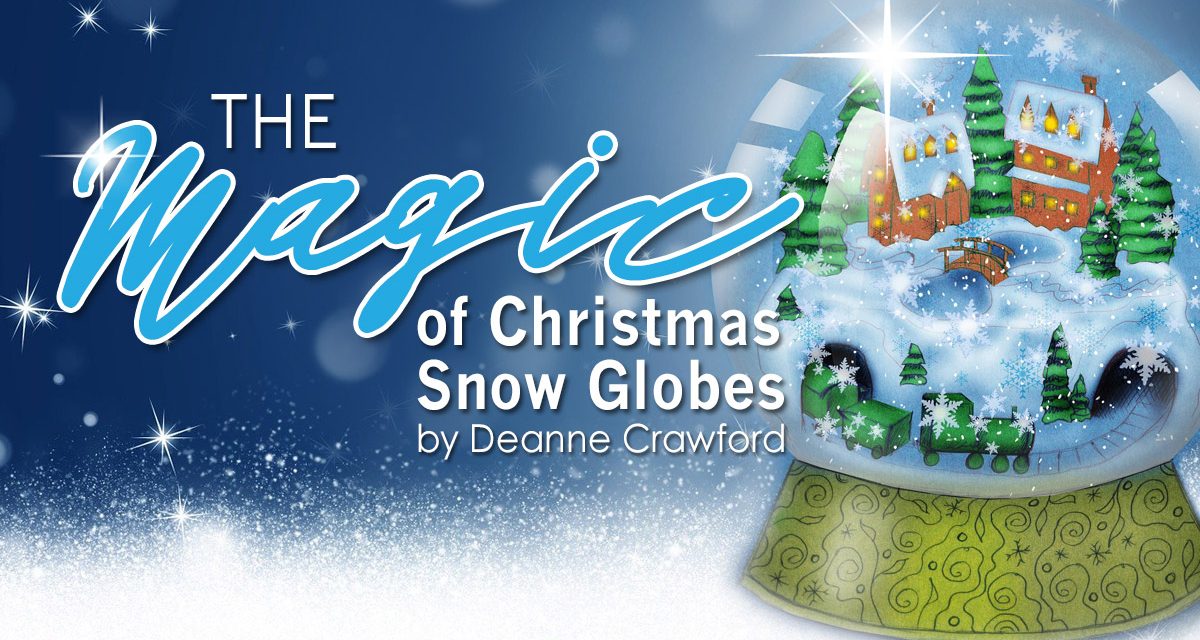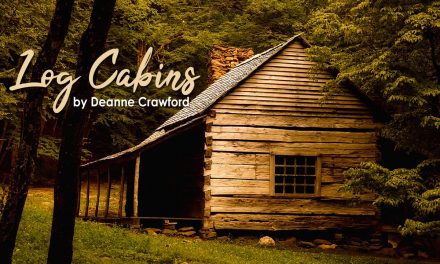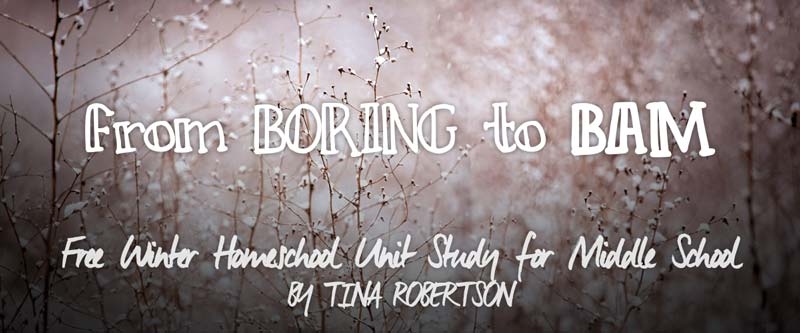Magical moments abound at Christmas time. Joy can be found in the wide, bright eyes of a child on Santa’s lap–or in the silence of the Holy Night or contemplative Advent readings. For centuries, one magic of Christmas has been found in the simple snow globe. Set aside time to learn about this simply magical child’s toy!
If you have a snow globe, let your children gently shake it and turn it over. Have them describe what they notice. How does it make them feel? Parents, give the snow globe a shake. Share how it feels with your children. While I encourage children to experience a snow globe, some treasured heirlooms may not be a good choice. If possible, find an inexpensive plastic snow globe or check out You-Tube® Perzy Snow Globe video. Isn’t it amazing to consider that this humble sphere filled with water and glitter fills us with joy and anticipation?
The history of the snow globe is as magical as the globe itself! Today’s mass-produced water filled plastic globe is an evolution of glass globes from the late 19th and early 20th centuries. Paper weights made of hollow balls and filled with water, a man with an umbrella, and white powder that “fell in imitation of a snow storm” first appeared at the 1878 World’s Fair (or Exposition Universelle) in Paris, France. In the late 1800s, little attention was given to this “snowstorm,” but today it is thought the inspiration behind the beloved snow globe. 1878 was a year of great discovery. The Expo was filled with new inventions: from Alexander Graham Bell’s telephone to Edison’s phonograph. Other competing marvels at the Expo included the award winning Mouchot and Pifre’s solar generator and the head of the Statue of Liberty. Visitors could walk around inside! With so many fascinating exhibits, it is easy to see why a simple water-filled glass ball was overlooked.
The first patent for “a glass globe with snow effect” occurred in 1905 Austria. Ask your children what they know about Austria. Learn more at Britannica.com and Geography Now! Have children find Austria on a world map (Bonus — do the same with France). In early 1900, a surgeon asked Erwin Perzy (a surgical equipment maker in Vienna, Austria), for help. The surgeon felt the newly invented electric light bulbs didn’t give him enough light and wanted to know if it could be made brighter. Initially, Perzy copied a habit of local shoemakers who put water-filled globes in front of candles to refract more light. But putting water in front of the lightbulb made it no brighter. He wondered if glass shavings in the water would be brighter. Sadly, these fell too quickly. After trying a few other unsuccessful ideas, he decided to take a break. Joining his mother in the kitchen, he noticed semolina (course, white flour used to make pasta), and wondered if this would make the lightbulb brighter. Eagerly, he added it to his water-filled glass globe. Gently turning it over, he noticed the semolina fell slowly through the water and looked like snow falling. This made Mr. Perzy very happy! He always wanted to be a toy maker and a globe of falling snow is the perfect gift for children of all ages! (He never created brighter light for the surgeon!) His idea was very successful, and the company he started still makes and distributes Snow Globes today (you’ll need to translate unless you’re studying German. If so, this makes for great reading or translating practice!) Watch a BBC interview with Erwin Perzy’s grandson.
If you would compare a Perzy snow globe to one found in most US shops, there are several differences. Perzy snow globes are assembled and painted. The globe itself is made of glass, and the gently falling snow is crafted from a protected family “recipe”. In the Perzy globe, snow falls for 2-3 minutes. The more common snow globe of plastic or plexiglass sold throughout the US are mass produced in factories and include glitter or bits of shredded white plastic. The dome shape is another difference you may identify. Newer snow globes are oval shaped, while the Perzy snow globe retains the round globe. During the early 1940s, when plastic was being more accepted as a less expensive material, the oval shaped globe proved less breakable than a round globe.
Joseph Garaja patented the first known snow globe prototype in the United States in 1927. Although his patent did not include snow, his paper weight included most features found in the Perzy globe. Additionally, he assembled the water globe underwater, meaning less time was spent removing trapped air. This process allowed more snow globes to be made at a time, and so sold more cheaply.
We have talked some about the inside of a snow globe: water, glitter, and special recipes. But how has the inside changed over time? The first snow globes were made from round shaped glass and filled with water. The figures inside were made from porcelain or bone and hand painted. The “snow” came from sand, bone fragments, ground rice, or even wax or soap. The globe sat on a round or square base made from stone, ceramic or wood. Today’s glass snow globes are more varied. Glass (or leaded-glass) domed snow globes are still available. Filled with water, the snow effect may be from a special recipe or may be glitter or soap flakes. Glycerol is often added to the water to create a slower snow fall effect. You may also find an antifreeze like glycol which prevents water from freezing during transport. Plastic snow globes have become more common in the US for several reasons. Can you imagine why? First: Plastic globes and components are cheaper to make, so the price is cheaper. The second reason (probably the most important for families) is safety. Plastic is less breakable, so even the littlest ones can give the snow globe a shake!
Children of all ages will enjoy making their very own snow globe (or make one for Grandma; she will treasure it!) PBS.org offers young ones a simple, easy-to-follow project or create one using the scientific process at Beyond the Chalkboard. Looking for more fun family activities? Practice your culinary and math skills by making Snow Globe cookies together! Or visit VanCleave’s Science Fun to find out why “snow” falls at different speeds or turn a soap bubble into a snow globe!
~ Deanne





